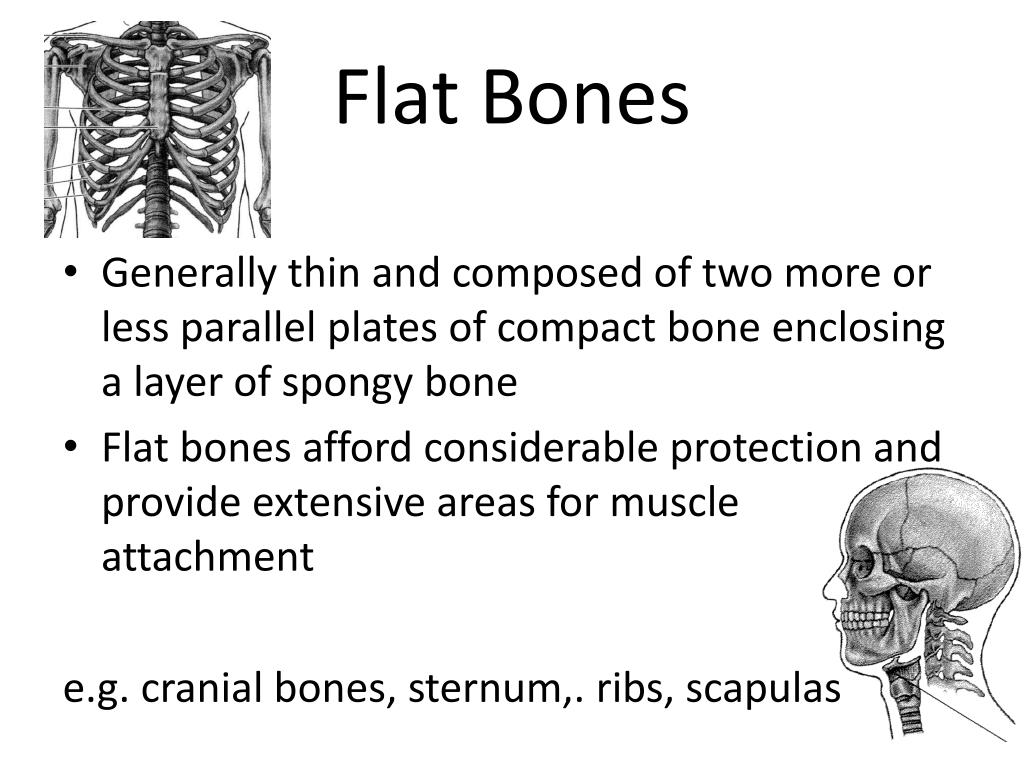
The surface features of bones vary considerably, depending on the function and location in the body. Table 1 describes the bone markings, which are illustrated in (Figure 4). This cross-section of a flat bone shows the spongy bone (diploë) lined on either side by a layer of compact bone. In this region, the epiphyses are covered with articular cartilage, a thin layer of cartilage that reduces friction and acts as a shock absorber.įigure 3. Anatomy of a Flat Bone. The periosteum covers the entire outer surface except where the epiphyses meet other bones to form joints (Figure 2). Tendons and ligaments also attach to bones at the periosteum. The periosteum contains blood vessels, nerves, and lymphatic vessels that nourish compact bone. The outer surface of the bone is covered with a fibrous membrane called the periosteum ( peri– = “around” or “surrounding”). The medullary cavity has a delicate membranous lining called the endosteum ( end– = “inside” oste– = “bone”), where bone growth, repair, and remodeling occur. When the bone stops growing in early adulthood (approximately 18–21 years), the cartilage is replaced by osseous tissue and the epiphyseal plate becomes an epiphyseal line. Each epiphysis meets the diaphysis at the metaphysis, the narrow area that contains the epiphyseal plate (growth plate), a layer of hyaline (transparent) cartilage in a growing bone. Red marrow fills the spaces in the spongy bone. The wider section at each end of the bone is called the epiphysis (plural = epiphyses), which is filled with spongy bone.

The walls of the diaphysis are composed of dense and hard compact bone.

The hollow region in the diaphysis is called the medullary cavity, which is filled with yellow marrow. The diaphysis is the tubular shaft that runs between the proximal and distal ends of the bone. A long bone has two parts: the diaphysis and the epiphysis. The structure of a long bone allows for the best visualization of all of the parts of a bone (Figure 1). A typical long bone shows the gross anatomical characteristics of bone.


 0 kommentar(er)
0 kommentar(er)
